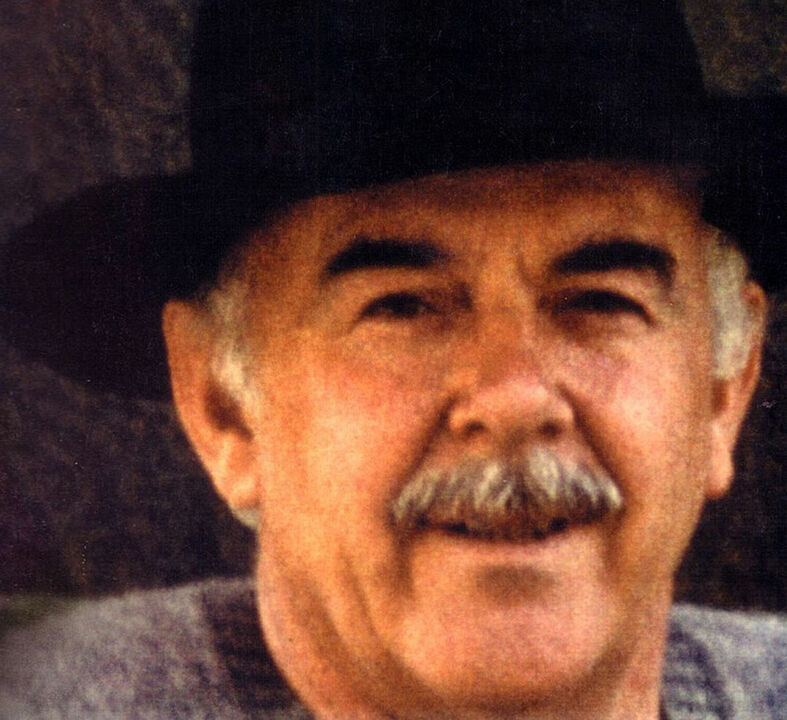Siegen. Walter Helsper was a German painter and draughtsman. In his works he was mainly concerned with pen and ink drawings, graphics, oil paintings and plaster sculptures. In addition, he showed great interest in human behaviour. In his painting mainly the landscape motif can be seen. He was born on 01 July 1927 in Herdorf and grew up in a religious free-church home. Already during his childhood, he drew and painted a lot. In his early years, when Helsper attended the adult education centre, his talent was noticed for the first time. He then achieved an artistic education as a church painter, until he was compulsorily deployed for work in the Second World War. Until 1945, Helsper accompanied the retreat of the Wehrmacht in Holland, northern Germany and Poland as a private in an air force unit. After the war he attended the Siegerland School of Painting.
Helsper became self-employed in the 1950s and earned his living as a poster painter, window dresser and also from work commissions such as painting pubs and discotheques.
He married his wife Susanne in 1955 and had his daughter Petra with her in the same year. This marriage ended only four years later. Helsper then had two more marriages with Ute, which lasted until 1973, and Dorothee Jasper, with whom he spent the rest of his life. In 1962 he exhibited his own open-air exhibition of large panorama paintings for the first time, which dealt with many Siegen motifs and attracted a great deal of attention. In the same year Helsper moved to Cologne, where he worked together with the painter Ewald Hackler. Through this collaboration, Helsper made many important contacts in the art world. After a few years, the family returned to Siegen, as Helper's commissions were mainly distributed in the Siegerland region.
Helsper was artistically inspired by a six-month stay in Altea, Spain, which was financed by some of his commissions. With the Siegen artist Herbert Schäfer, he developed a new type of monotype in 1969. The writer Wolf Kühne also accompanied Helsper on his artistic path and tried to understand the aesthetic works and bring them far up the art market. Due to the rapid growth of the family, he decided to secure a livelihood and opened the artist's pub "Belle Epoque" in his living space, Siegen. He suffered a huge crisis due to growing difficulties in his business. This led to a separation with his wife and personal conflicts. He often commuted between Cologne and Siegen, as his new lover Dorothee Jasper and Herbert Schäfer lived there.
Helsper's studio was located in the old town of Siegen at this time, and he often exhibited his work there, as he did not have a regular joint venture with an art gallery. One after the other, he still worked as an art teacher with the Siegen Fachinstitut, at the University of Siegen as a guest lecturer in the art department and at the Stift Keppel grammar school in Hilchenbach. His moods and experiences, as well as the surroundings of the Siegerland region, often inspired him for his motifs and works. But it was above all his travels to Spain and Greece that animated him for lasting sources of inspiration.
With his wife Dorothee Jasper, he lived freely in nature in a farmhouse in the Netphen district of Eschenbach until his death. There Helsper felt very much connected to nature and thus his well-known and foregrounded landscape paintings were created. In his last years he occupied himself a lot with new painting styles and from then on he mainly worked only with colour pigments without binders in order to create extraordinary contrasts.
Walter Helsper died in his familiar surroundings, Siegen, on 28 June 1992.









